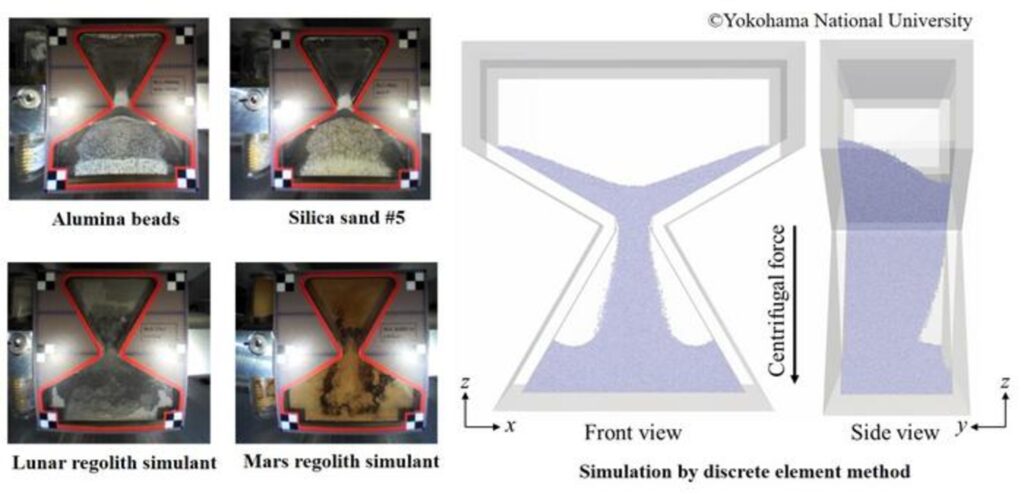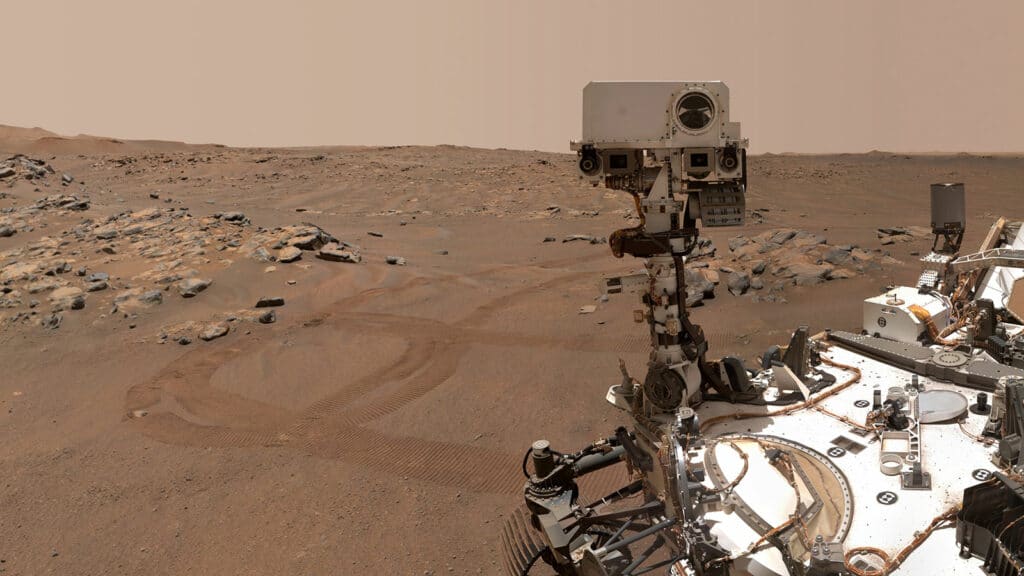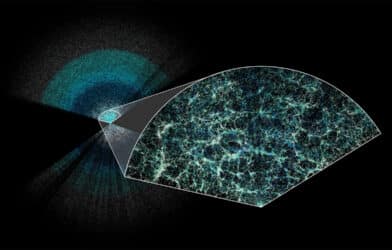Researchers are facing a unique challenge when it comes to designing spacecraft, particularly rovers and landers bound for extraterrestrial destinations. They must understand how the surface materials, known as regolith, on celestial bodies like the moon and Mars behave under different levels of gravity. This knowledge is crucial for the safe landing and mobility of spacecraft in uncharted territory.
To gain insights into this complex problem, a collaborative team of scientists conducted an experiment using an artificial gravity generator aboard the International Space Station (ISS). Their findings offer critical information for the future of space exploration.
“Studying the flow characteristics of regolith covering extra-terrestrial bodies under low gravity condition is essential for the reliable design and analysis of landers and rovers for space exploration,” says study corresponding author Shingo Ozaki, professor at Yokohama National University, in a media release. “Regolith, which is a potentially fluffy and powdery granular material, is a primary concern for the lander or rover; landing on such loose soil is a critical phase during exploration as the footpad of the landing gear may bury into the regolith.”
Regolith, the loose and powdery material that blankets celestial bodies like the moon and Mars, presents a significant challenge for spacecraft. During the crucial landing phase, the footpad of a lander or rover can easily bury itself into the regolith, leading to mission failure.

Ozaki highlighted a case involving the Spirit rover on Mars in 2004.
“This issue clarified the importance of wheel-soil interaction mechanics,” notes Ozaki. “These mechanical interaction models of machines — such as the landing gear or mobility system — on such granular media under various levels of gravitational acceleration are key to their reliable design and analysis.”
In this study, researchers devised an innovative experimental approach to examine how varying levels of gravity impact the behavior of eight types of sands, including simulated regolith, over extended periods. Previous experiments had offered insights into the dynamics of granular materials over short durations but were unable to study the behavior over hours, a crucial aspect of understanding regolith on celestial bodies. To conduct long-term experiments, the team turned to the microgravity environment of the International Space Station.
Specially designed hourglass containers, placed within the ISS’s Japanese Experimental Module, provided the ideal setting for the study. The module’s centrifuge allowed the researchers to maintain long-term, stable artificial gravity conditions, replicating the conditions on celestial bodies. Each container housed different types of sands found on Earth, Mars, or the moon, and the researchers observed how these granular materials flowed through the hourglass shape under varying artificial gravity conditions.
“The artificial gravity condition in the experiment was confirmed to be reasonable to study the gravity-dependent flow of granular media,” explains Ozaki. “We then found that the flow characteristics of some sands quantitatively follow well-known physical laws, even at low gravity.”
One of the key observations was that the bulk density of sand decreased with lower gravity levels, indicating that sand becomes fluffier and potentially more problematic for spacecraft.
In their future research, scientists plan to delve deeper into understanding how gravity and adhesive forces interact with sand particles under low-gravity conditions.
“The characteristics of the gravity-dependent flow and bulk density of sand can be used as a basis for a mechanical model and parameter set necessary for predicting the interaction between machines and regolith under low gravity,” concludes Ozaki.
The study is published in the journal npj Microgravity.













Comments